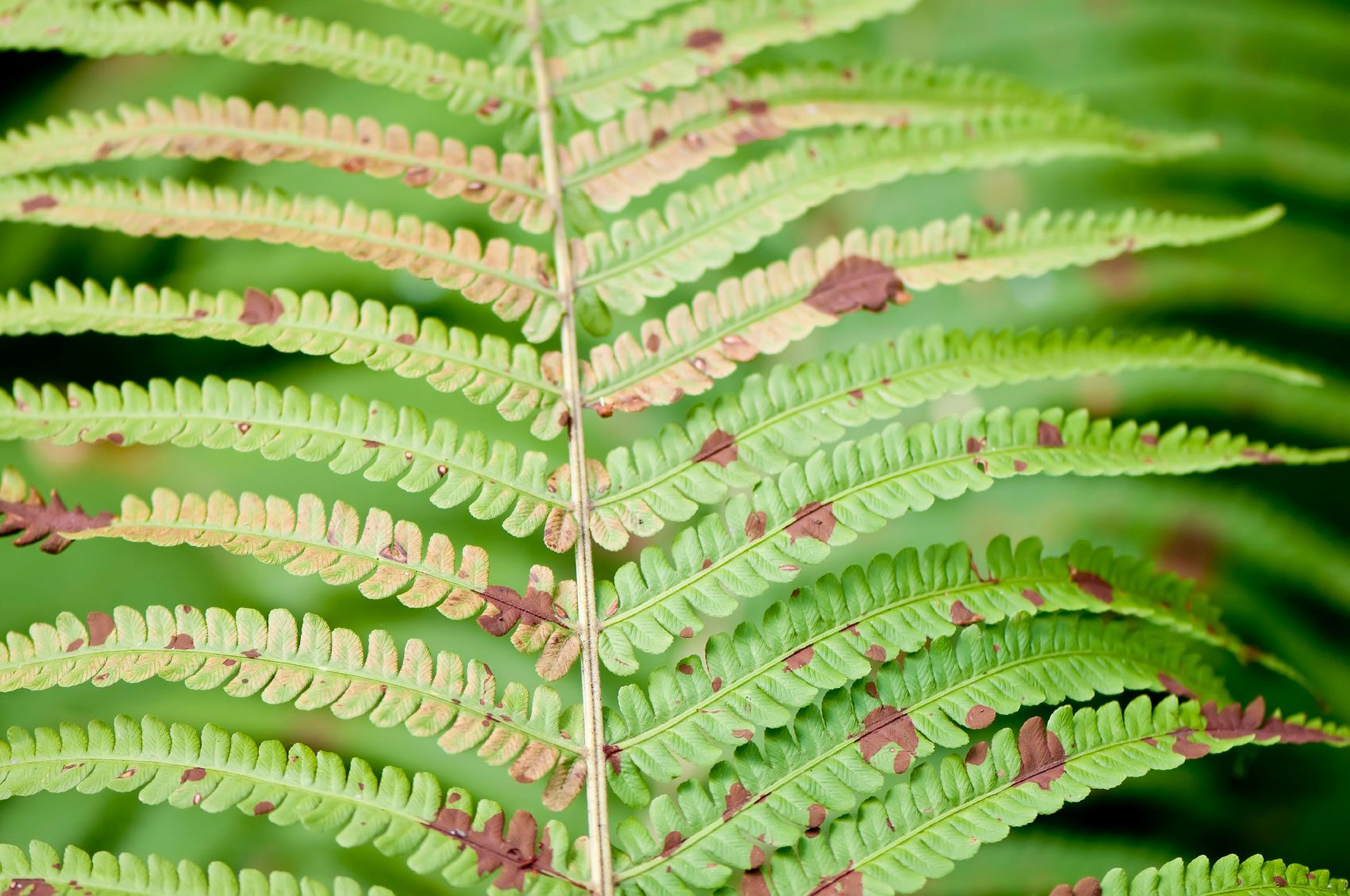
Outdoor ferns are prized for their lush foliage and graceful appearance, adding a verdant touch to garden landscapes and shaded areas. However, witnessing the once vibrant green fronds of outdoor ferns turn brown can be disheartening for gardeners and plant enthusiasts. Understanding the underlying causes behind this phenomenon is essential for preserving the health and vitality of these beloved ornamental plants.
I. Introduction
Outdoor ferns contribute significantly to the visual appeal of garden spaces, with their delicate fronds swaying gently in the breeze. The emergence of brown foliage in outdoor ferns can disrupt the aesthetic harmony and raise concerns about the plants’ well-being. Exploring the reasons behind this discoloration is crucial for addressing the issue effectively and restoring the ferns to their former glory.
II. Environmental Factors
Sunlight Exposure Excessive exposure to direct sunlight can scorch the tender foliage of outdoor ferns, causing it to turn brown and wither. While ferns thrive in shaded or partially shaded areas, prolonged exposure to intense sunlight can stress the plants and lead to foliage discoloration.
Temperature Fluctuations Outdoor ferns are sensitive to temperature fluctuations, particularly sudden drops in temperature or frost exposure. Cold snaps can damage the delicate fronds, causing them to turn brown as a result of frostbite or cellular damage. Additionally, extreme heat can accelerate moisture loss through transpiration, leading to dehydration and browning of the foliage.
Soil Moisture Levels Inconsistent or inadequate watering can also contribute to browning of outdoor fern foliage. Ferns require consistently moist soil to thrive, as they are adapted to moist, humid environments. Drought stress can manifest as browning or wilting of the fronds, signaling the need for immediate attention to ensure proper hydration.
III. Pests and Diseases
Common Pests Affecting Outdoor Ferns Outdoor ferns are susceptible to infestation by various pests, including aphids, scale insects, and spider mites. These pests feed on the plant’s sap, weakening the foliage and causing it to yellow or brown over time. Regular inspection and prompt treatment are essential for controlling pest populations and preventing further damage.
Fungal Infections and Bacterial Diseases Fungal infections, such as leaf spot and root rot, can contribute to browning of outdoor fern foliage. These diseases thrive in damp, humid conditions, proliferating on weakened or stressed plants. Symptoms may include brown lesions on the fronds, as well as wilting or collapse of the foliage. Proper sanitation and cultural practices are crucial for preventing the spread of fungal infections and bacterial diseases.
Symptoms and Treatment Options Identifying the specific symptoms of pest infestations or disease infections is key to implementing appropriate treatment measures. In some cases, insecticidal soap or horticultural oils may be effective in controlling pests, while fungicides or bactericides may be necessary to combat fungal or bacterial diseases. Pruning affected foliage and improving air circulation can also aid in disease management.
IV. Cultural Practices
Proper Watering Techniques Maintaining adequate soil moisture is essential for the health and vitality of outdoor ferns. Water the plants thoroughly, ensuring that the soil is evenly moist but not waterlogged. Avoid overhead watering, as this can promote fungal growth and foliar diseases. Mulching around the base of the ferns helps retain soil moisture and regulate temperature fluctuations.
Mulching and Soil Amendment Applying a layer of organic mulch, such as shredded bark or compost, helps conserve soil moisture and suppress weed growth around outdoor ferns. Additionally, amending the soil with organic matter improves soil structure and fertility, providing essential nutrients for healthy plant growth. Avoid heavy or compacted soils that impede drainage and root development.
Pruning and Maintenance Tips Regular pruning helps maintain the vigor and appearance of outdoor ferns, removing dead or damaged fronds to encourage new growth. Use sharp, sterile pruners to prevent the spread of diseases and avoid injuring the plants. Monitor for signs of pests or diseases, and take appropriate action to mitigate any issues before they escalate.
V. Remedial Measures
Steps to Revive Browning Ferns If outdoor ferns begin to turn brown, take immediate steps to assess and address the underlying causes of the discoloration. Trim away any brown or damaged foliage using clean, sharp pruners, and adjust watering practices to ensure proper hydration. Treat any pest infestations or disease infections promptly to prevent further damage to the plants.
Preventative Measures for Future Care Implementing proactive measures can help prevent browning of outdoor fern foliage in the future. Monitor environmental conditions regularly, adjusting watering and mulching practices as needed to maintain optimal soil moisture levels and temperature regulation. Choose disease-resistant fern varieties and avoid overcrowding plants to promote air circulation and reduce the risk of pest infestations.
Consulting with Gardening Experts If persistent issues with browning foliage arise, consider seeking guidance from gardening experts or local horticultural extension services. Experienced professionals can offer tailored recommendations and solutions based on specific growing conditions and plant health concerns. Don’t hesitate to reach out for assistance to ensure the long-term health and vitality of your outdoor ferns.
In conclusion, understanding the factors contributing to browning of outdoor fern foliage is essential for effective management and care. By addressing environmental stressors, pest infestations, and disease infections, gardeners can help their outdoor ferns thrive and flourish in garden landscapes and shaded settings. Implementing proper cultural practices and proactive measures can preserve the beauty and resilience of these beloved ornamental plants for years to come.


